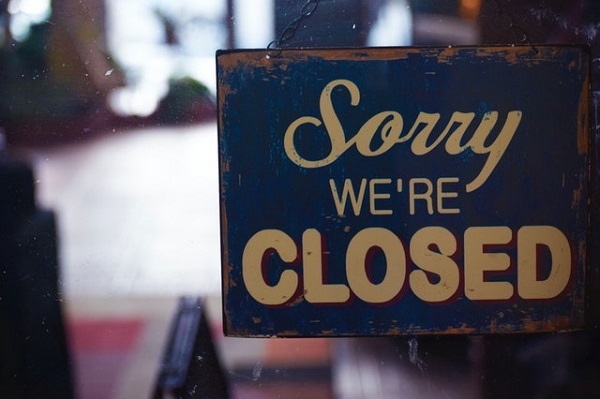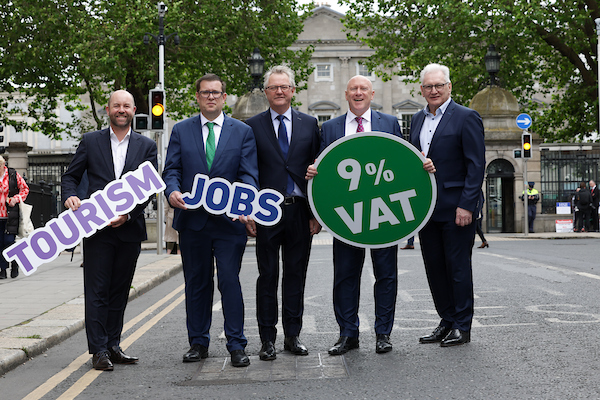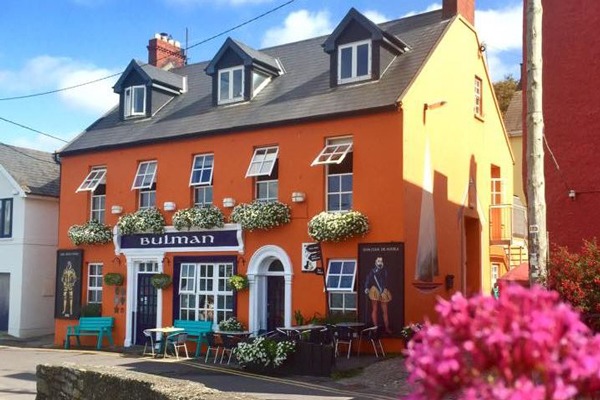The Government used misleading data and information to keep wet pubs closed, according to the Licensed Vintners Association (LVA) and Vintners Federation of Ireland (VFI).
In a strident rebuttal of the information published by the Government, the vintners representatives have highlighted 14 different flaws, deceptive uses of data and incomplete considerations.
The vintners have characterised the Government report as a “smear on the sector” which amounts to a “politically motivated hatchet job on wet pubs”.
In particular, the vintners highlighted that the Government report:
- Does not show any evidence to suggest that wet pubs pose a greater risk than outlets serving food;
- Deliberately highlights wet pubs when the evidence was just as relevant to the reopening of universities and specific sporting events;
- Does not account for Dublin being placed in Level 3+ long before the rest of the country;
- Uses spurious correlation to imply causation.
In light of the flawed nature of the information keeping wet pubs closed, the two representative bodies have demanded that wet pubs be allowed to reopen at the same time as the rest of the hospitality sector on Friday 4th December.
“It is absolutely astounding that Government is using a flimsy, misleading document to keep the wet pubs closed,” said VFI Chief Executive Padraig Cribben. “Their so called evidence is littered with deceptive uses of information and massive gaps in their analysis. It is a smear on the sector, a politically motivated hatchet job on wet pubs. How any serious decision maker could use this deeply inadequate report as a rationale for decimating half the industry tells us a lot about the levels of consideration shown by this Government towards the pubs of Ireland,” he said.
“That such flawed and weak material is being used to keep the wet pubs closed is disgraceful,” said Donall O’Keeffe, Chief Executive of the LVA. “When you consider the impact this is having on tens of thousands of people working in pubs across Ireland, the people who supply those pubs and all the various families involved it is a shameful approach that is being adopted by Government. Given the obvious defects in their report, the Government must now reverse their decision and allow the wet pubs to reopen at the same time as the rest of the hospitality sector. Any other decision will rightly be regarded as malice towards the wet pubs,” Mr. O’Keeffe concluded.
The detailed list of rebuttals put forward by the LVA and VFI are as follows:
|
|
|
|
This makes it impossible to provide a like for like contrast. When you consider the vast number of differences that applied between Dublin and the rest of the country at the time the wet pubs reopened on 21st September, it is extremely misleading to attribute variations in the infection rate simply to the difference between wet pubs being open or closed. Other differences which applied in Dublin, but were not applied to the rest of the country* when the wet pubs reopened included: no intercounty travel, people required to work from home unless absolutely necessary, visitors to private homes and gardens limited to one other household, cancellation of on campus activities and classes moved online in Dublin’s four universities, religious services moved online, public transport was to be used only by essential workers, no indoor training classes, no matches or other sporting events outside of professional, elite or inter-county sports, all cinemas and cultural attractions closed, libraries limited to call and collect, cafes closed for indoor service, restaurants closed for indoor dining, gastropubs closed for indoor dining. *Donegal also moved to Level 3+ on 26th September. |
|
|
|
|
|
|
|
|
|


